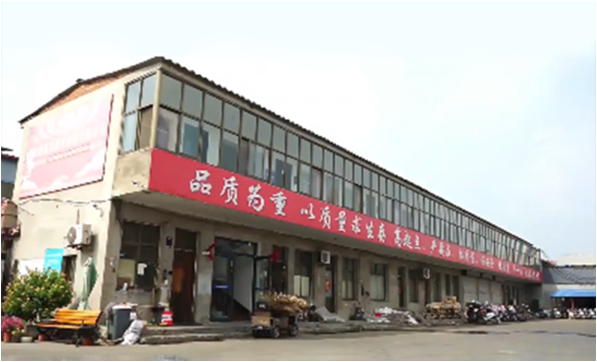Ara . 10, 2024 10:25 Back to list
Flush Mount Head Dynabolt for Secure Structural Connections and Enhanced Performance
Understanding Flush Head Dynabolts A Comprehensive Overview
When it comes to construction and engineering applications, fastening systems play a crucial role in the safety and integrity of structures. Among the various types of anchors used in these applications, the flush head dynabolt stands out due to its unique design and versatility. This article delves into what flush head dynabolts are, their applications, advantages, installation process, and tips for choosing the right ones for your project.
What are Flush Head Dynabolts?
Flush head dynabolts, often referred to as fully threaded bolts with a flat, flush head, are a type of expansion anchor designed to secure objects to concrete, brick, or masonry. They consist of a steel bolt with an attached expansion sleeve that expands upon tightening, creating a strong grip within the base material. The flush head design allows for a smooth finish, making them aesthetically pleasing for applications where visibility is a concern.
Applications of Flush Head Dynabolts
Flush head dynabolts are widely used in various industries, including construction, manufacturing, and maintenance. Due to their robust design, they are ideal for
1. Structural Installations Fixing steel beams, columns, and other structural elements to concrete foundations. 2. Building Facades Securing cladding or panels to a building's exterior without protruding fasteners.
3. Indoor Applications Mounting shelves, cabinets, and other fixtures in environments where a clean appearance is desired.
4. Mary-gardening and Outdoor Installations Anchoring outdoor furniture, planters, and landscape features while maintaining a tidy appearance.
Advantages of Flush Head Dynabolts
The flush head dynabolt offers various benefits, making it a popular choice among contractors and engineers
- Aesthetic Appeal The flush design ensures that no part of the fastener protrudes, offering a clean and polished look. - High Load Capacity Due to their design, flush head dynabolts can support substantial loads, making them suitable for heavy-duty applications.
- Corrosion Resistance Many flush head dynabolts are made from galvanized or stainless steel, providing excellent resistance to rust and corrosion, which is ideal for outdoor and high-humidity environments
.flush head dynabolt

- Ease of Installation With a simple tightening mechanism, flush head dynabolts can be installed quickly and efficiently, reducing labor costs and time on the job site.
Installation Process
Installing flush head dynabolts entails a straightforward process, but it is essential to follow the correct steps to ensure maximum strength and safety
1. Preparation Identify the location for the dynabolt and ensure the surface is clean. If necessary, use a hammer drill to create a hole that matches the recommended diameter for the specific dynabolt size.
2. Inserting the Dynabolt Insert the dynabolt into the drilled hole, ensuring the expansion sleeve is positioned properly within the hole.
3. Tightening Use a wrench or ratchet to tighten the nut on top of the flush head. As you tighten, the expansion sleeve will expand against the sides of the hole, securing the bolt firmly in place.
4. Checking for Fit Once installed, check that the dynabolt is flush with the surface, confirming that it is properly seated.
Choosing the Right Flush Head Dynabolts
When selecting flush head dynabolts, several factors should be considered
- Load Requirements Determine the weight and load the dynabolt will need to support to choose the right size and type.
- Material Compatibility Ensure the selected dynabolts are suitable for the material they will be anchored into (concrete, brick, etc.).
- Environmental Conditions For outdoor or humid environments, select galvanized or stainless steel options to prevent corrosion.
In conclusion, flush head dynabolts are an efficient fastening solution that offers various benefits, including aesthetic appeal and high load capacity. By understanding their applications, advantages, and proper installation techniques, you can ensure that your construction or maintenance projects are executed to the highest standards of safety and quality.
-
The Ubiquitous Reach of DIN934 in Application Realms
NewsMay.16,2025
-
Exploring Different Bolt Types
NewsMay.16,2025
-
Cracking the Code of Sleeve Anchor Mastery
NewsMay.16,2025
-
Clamp Design Principles,Types and Innovations
NewsMay.16,2025
-
Artistry Inspired by the Humble Anchor Bolt
NewsMay.16,2025
-
A Deep Dive into Screw Types
NewsMay.16,2025


